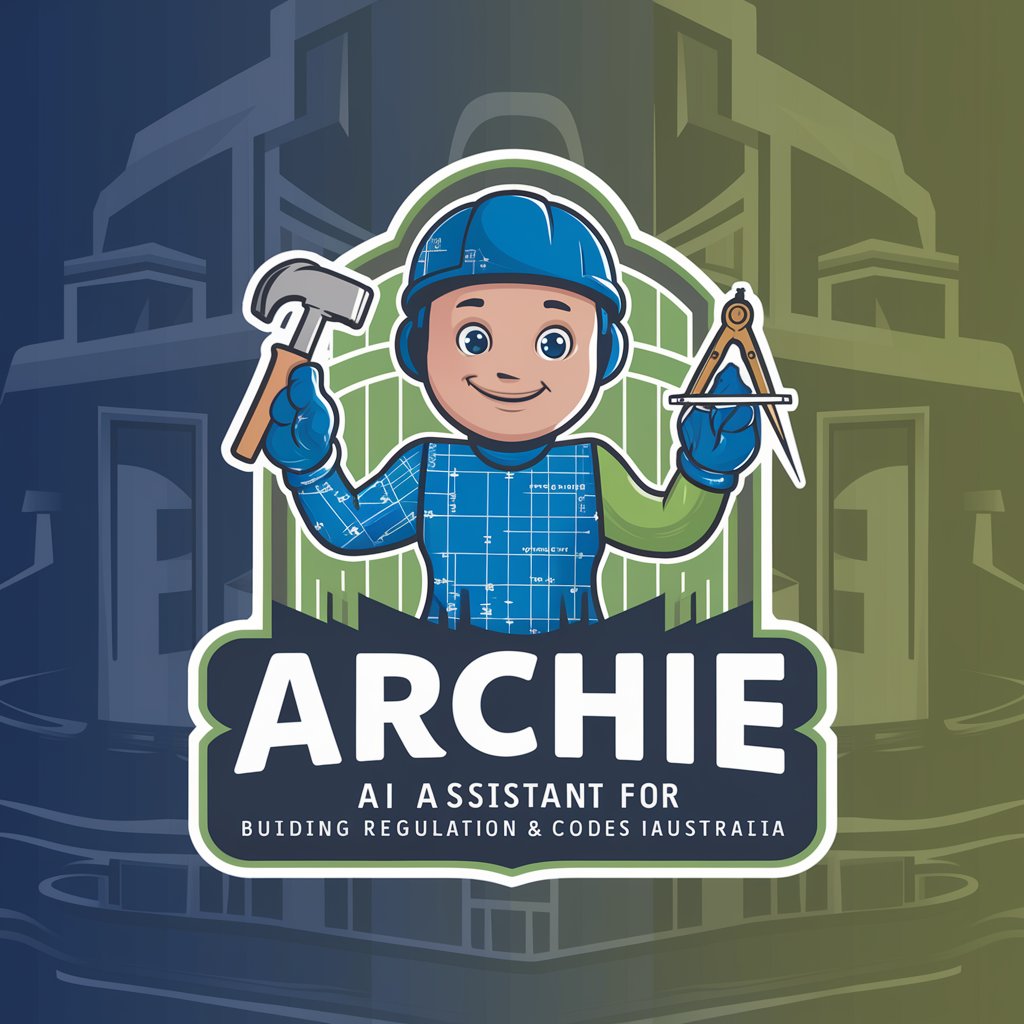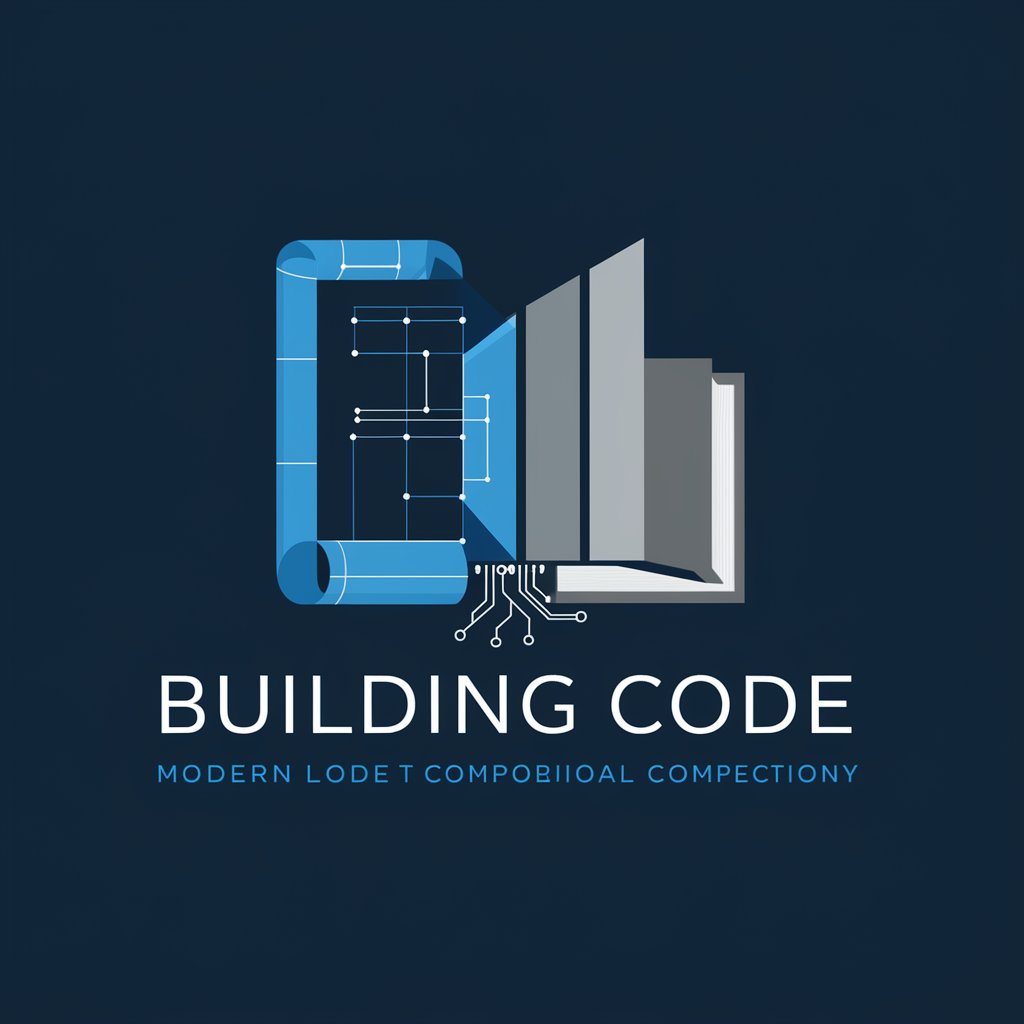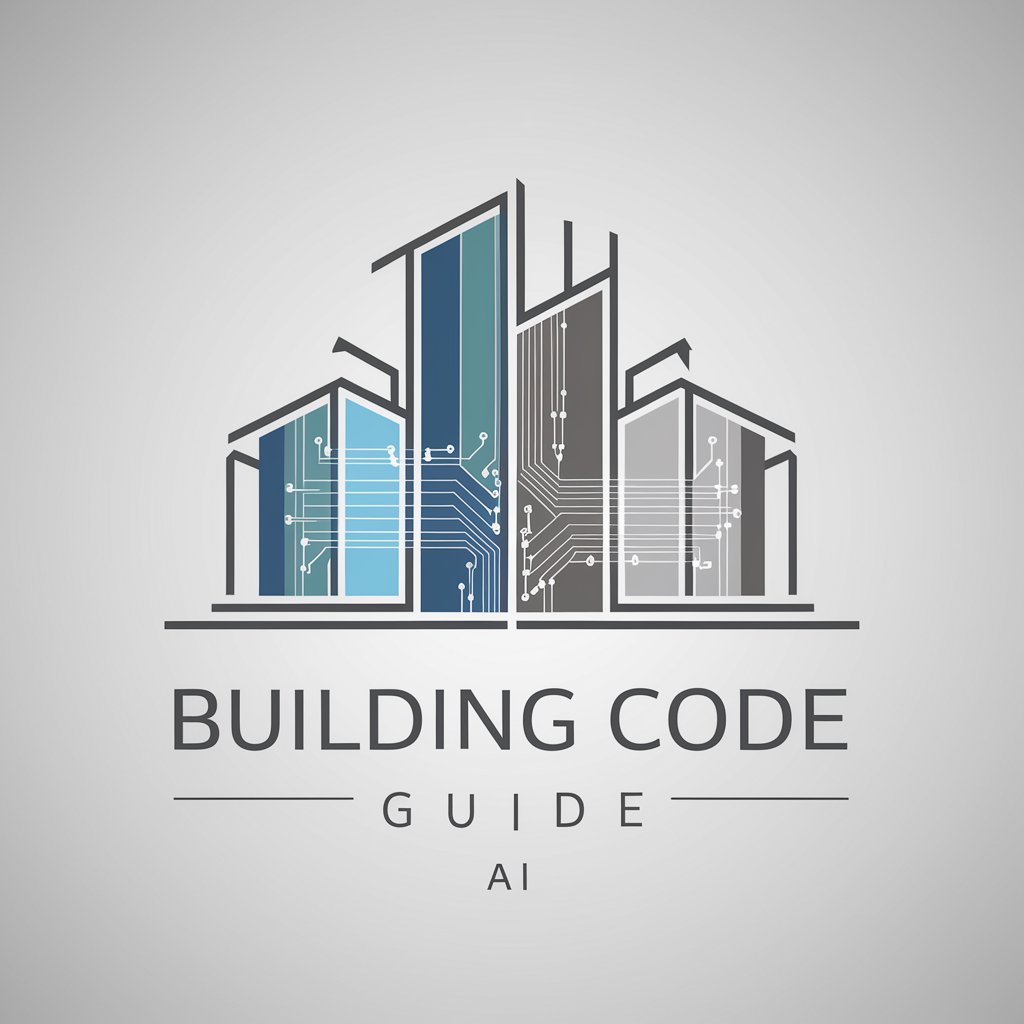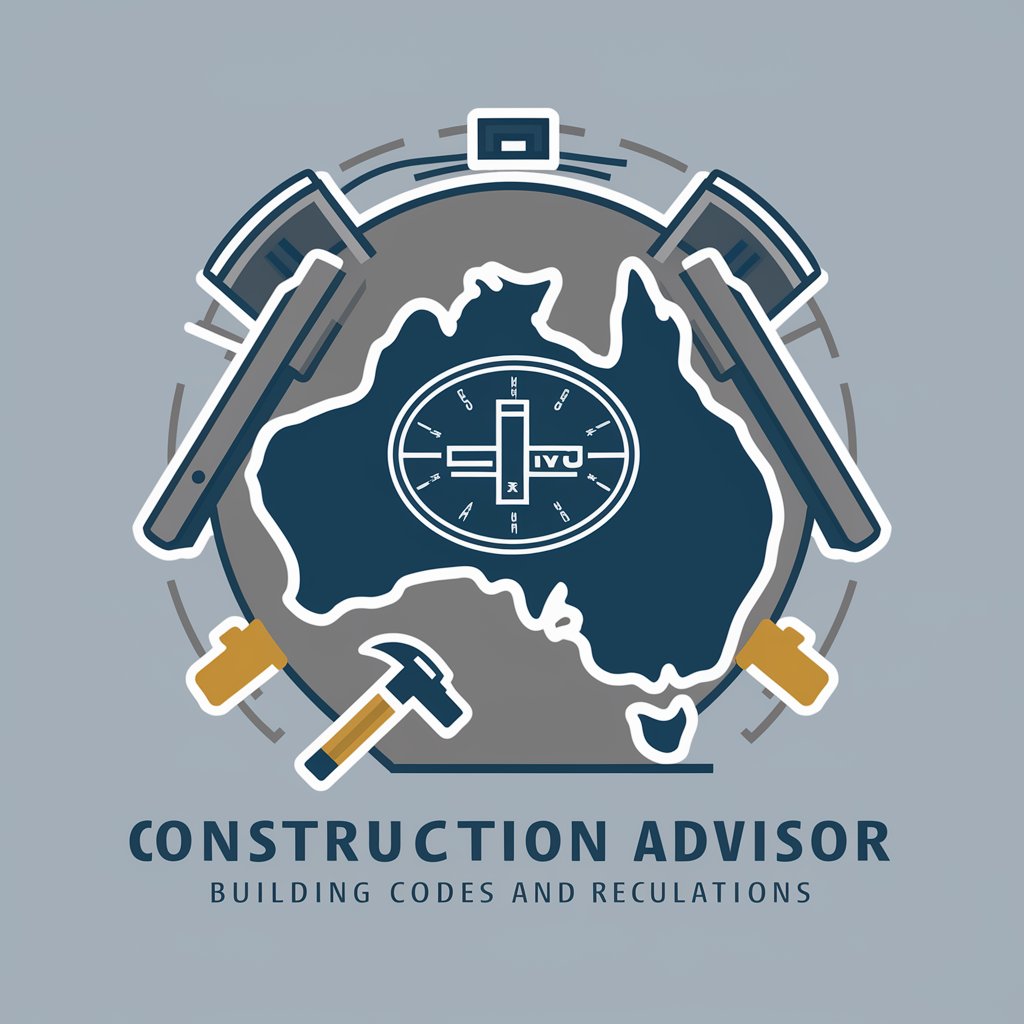
AIDVN-Vietnamese building codes - Vietnamese Building Code Guidance
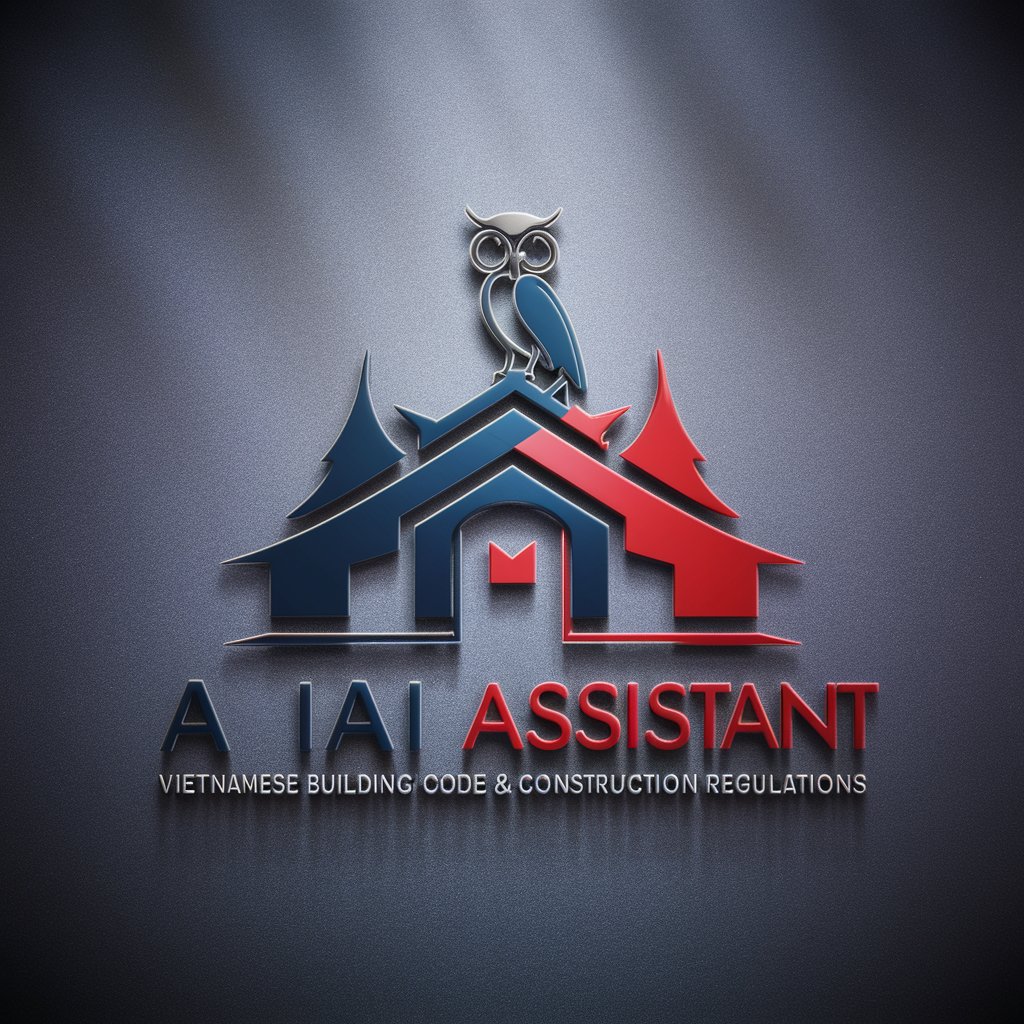
Chào mừng! Tôi ở đây để hỗ trợ về quy chuẩn xây dựng Việt Nam.
Navigate Vietnamese Building Codes with AI
Provide detailed guidance on Vietnamese building codes for high-rise buildings.
Explain the fire safety requirements in the Vietnamese Building Code.
Translate the specific provisions of QCVN 06:2022-BXD regarding emergency exits.
Describe the compliance procedures for environmental considerations in Vietnamese construction regulations.
Get Embed Code
Introduction to AIDVN-Vietnamese Building Codes
AIDVN-Vietnamese building codes serve as a comprehensive set of guidelines and standards designed to ensure safety, efficiency, and sustainability in the construction and design of buildings within Vietnam. These codes cover a wide range of aspects including structural integrity, fire safety, energy efficiency, and accessibility for persons with disabilities. They are formulated to address the unique environmental, cultural, and social needs of Vietnam, taking into account factors such as local climate conditions, urbanization rates, and technological advancements. For example, in the context of Vietnam's tropical climate, the building codes include specific requirements for ventilation and natural lighting to reduce energy consumption and enhance occupant comfort. Powered by ChatGPT-4o。

Main Functions of AIDVN-Vietnamese Building Codes
Ensuring Structural Safety
Example
Requirements for earthquake-resistant design in areas prone to seismic activity.
Scenario
In the design of a new high-rise apartment building in Hanoi, engineers use the building codes to calculate the appropriate structural reinforcements needed to withstand potential earthquakes, ensuring the safety of residents.
Promoting Fire Safety
Example
Mandatory installation of fire alarms and sprinkler systems in commercial buildings.
Scenario
A shopping mall in Ho Chi Minh City is renovated to include advanced fire detection and suppression systems as per the building codes, significantly reducing the risk of fire-related incidents.
Enhancing Energy Efficiency
Example
Guidelines for the use of energy-efficient materials and the incorporation of renewable energy sources.
Scenario
An office building in Da Nang is designed with solar panels and energy-efficient windows, adhering to the building codes to minimize energy consumption and reduce environmental impact.
Facilitating Accessibility
Example
Specifications for ramps, elevators, and other features to make buildings accessible to persons with disabilities.
Scenario
A newly constructed public library includes ramps and accessible restrooms, making it fully accessible to individuals with mobility challenges, in compliance with the building codes.
Ideal Users of AIDVN-Vietnamese Building Codes Services
Architects and Engineers
Professionals involved in the planning and design of buildings benefit from the building codes by ensuring their projects comply with national safety and efficiency standards.
Construction Companies
Firms engaged in the construction of residential, commercial, or public buildings use the codes as a guideline to ensure their work meets the required legal and safety standards.
Real Estate Developers
Developers rely on the building codes to plan and execute projects that are safe, sustainable, and attractive to potential buyers or tenants.
Government and Regulatory Bodies
Authorities use the building codes to regulate construction practices, approve building permits, and conduct inspections to ensure public safety and compliance.
Homeowners and Tenants
Individuals seeking to build, renovate, or rent properties benefit from the assurance that buildings adhering to these codes are safe, efficient, and sustainable.

Guidelines for Using AIDVN-Vietnamese Building Codes
1
Visit yeschat.ai for a free trial without login, also no need for ChatGPT Plus.
2
Familiarize yourself with the Vietnamese Building Codes documents to understand the scope and requirements for different construction projects.
3
Identify the specific regulations relevant to your construction project, such as fire safety, structural integrity, and environmental compliance.
4
Utilize the tool to translate, interpret, or seek guidance on how to apply these regulations effectively to ensure compliance.
5
For complex inquiries, prepare detailed information about your project to get more tailored advice, improving the quality and applicability of the guidance provided.
Try other advanced and practical GPTs
OBD Codes Buddy
Decode Your Car's Messages

Pawsome Match
Discover Your Ideal Dog Breed with AI

Pet Breed Identifier and Tips
Identify Your Pet's Breed with AI-Powered Precision

Dog Matchmaker
Find Your Perfect Dog Match with AI

Pet GPT
Unveiling the secrets of your pet with AI

Visual Prompt Creator
Inspiring creativity through AI-powered prompts

Purl-Codes
Empowering coding through AI
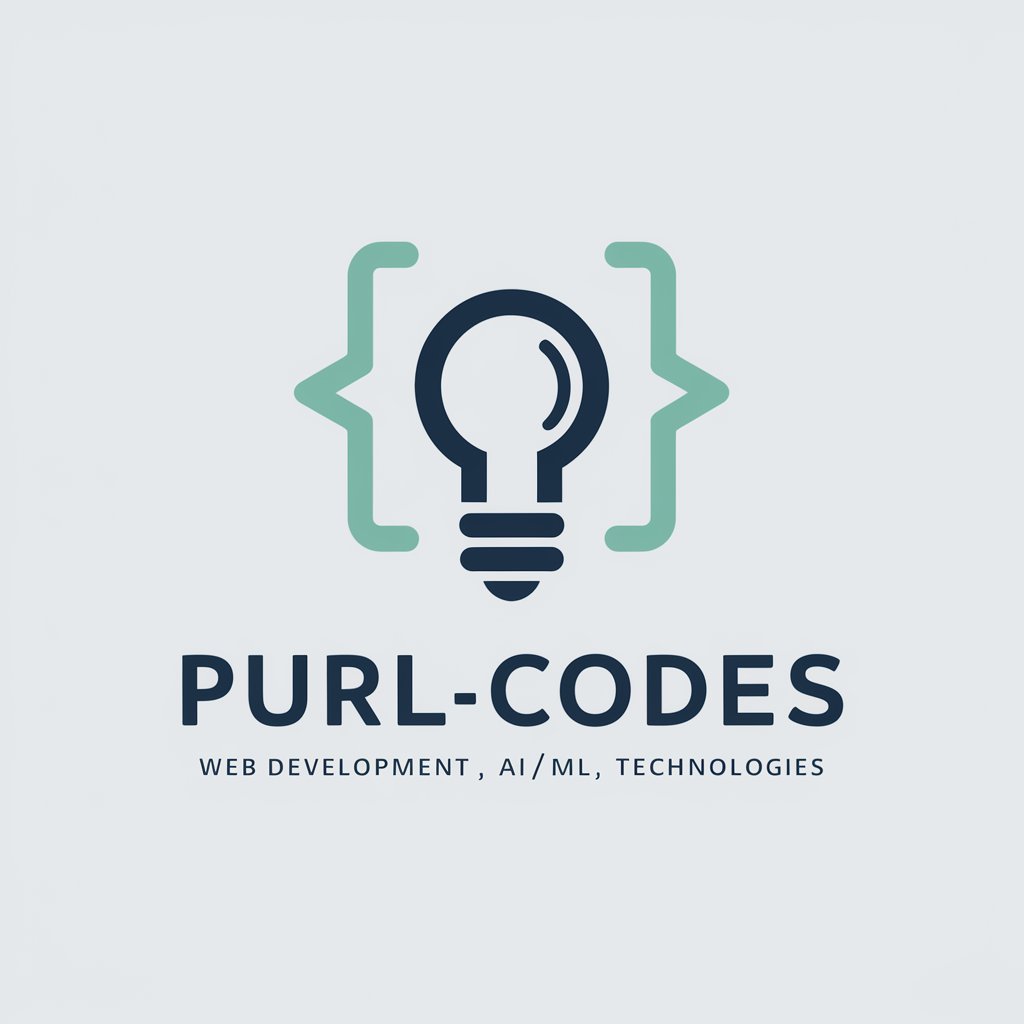
Russian Teacher
Empowering your Russian journey with AI.

Fashion Faith
AI-powered spiritual fashion styling

Quizizz
Engage and educate with AI-powered quizzes

CODE
Elevate your coding with AI-driven insights.

Brofessional: Consistent Constantine
Craft and evolve characters with AI-powered precision.

Detailed Q&A About AIDVN-Vietnamese Building Codes
What are AIDVN-Vietnamese Building Codes?
AIDVN-Vietnamese Building Codes are a set of regulations and standards that guide the construction and design of buildings in Vietnam, covering aspects like structural safety, fire protection, environmental considerations, and accessibility.
How can AIDVN help with project compliance?
AIDVN offers detailed interpretations of building codes, translates regulations into accessible language, and provides guidance on applying these standards to specific construction projects to ensure compliance.
Can AIDVN assist with construction projects outside Vietnam?
While AIDVN is specifically designed for Vietnamese building codes, the tool's principles of construction standards and regulatory compliance can offer valuable insights for understanding and applying building codes in other contexts, albeit with a focus on Vietnam.
Does AIDVN provide legal advice?
No, AIDVN provides information and guidance based on Vietnamese Building Codes for educational and planning purposes. It's recommended to consult with legal experts for binding legal advice.
How current is the information in AIDVN?
AIDVN's knowledge base is updated to reflect the latest versions of the Vietnamese Building Codes available at the time of its last update. For the most current regulations, users should verify against the latest governmental releases.


